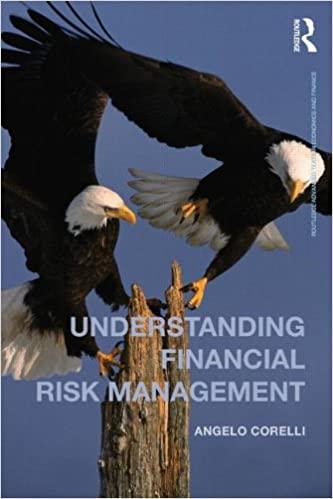Question
We are evaluating a project that costs $768,000, has a six-year life, and has no salvage value. Assume that depreciation is straight-line to zero over
We are evaluating a project that costs $768,000, has a six-year life, and has no salvage value. Assume that depreciation is straight-line to zero over the life of the project. Sales are projected at 57,000 units per year. Price per unit is $60, variable cost per unit is $35, and fixed costs are $770,000 per year. The tax rate is 35 percent, and we require a return of 15 percent on this project.
| a-1 | Calculate the accounting break-even point. (Do not round intermediate calculations. Round your answer to the nearest whole number, e.g., 32.) |
| Break-even point | units |
| a-2 | What is the degree of operating leverage at the accounting break-even point? (Do not round intermediate calculations. Round your answer to 3 decimal places, e.g., 32.161.) |
| DOL |
| b-1 | Calculate the base-case cash flow and NPV. (Do not round intermediate calculations. Round your cash flow answer to the nearest whole number, e.g., 32. Round your NPV answer to 2 decimal places, e.g., 32.16.) |
| Cash flow | $ | |
| NPV | $ | |
| b-2 | What is the sensitivity of NPV to changes in the sales figure? (Do not round intermediate calculations and round your answer to 2 decimal places, e.g., 32.16.) |
| ?NPV/?Q | $ |
| c. | What is the sensitivity of OCF to changes in the variable cost figure? (Negative amount should be indicated by a minus sign. Do not round intermediate calculations. Round your answer to the nearest whole number, e.g., 32. ) |
| ?OCF/?VC | $ |

Step by Step Solution
There are 3 Steps involved in it
Step: 1

Get Instant Access to Expert-Tailored Solutions
See step-by-step solutions with expert insights and AI powered tools for academic success
Step: 2

Step: 3

Ace Your Homework with AI
Get the answers you need in no time with our AI-driven, step-by-step assistance
Get Started


